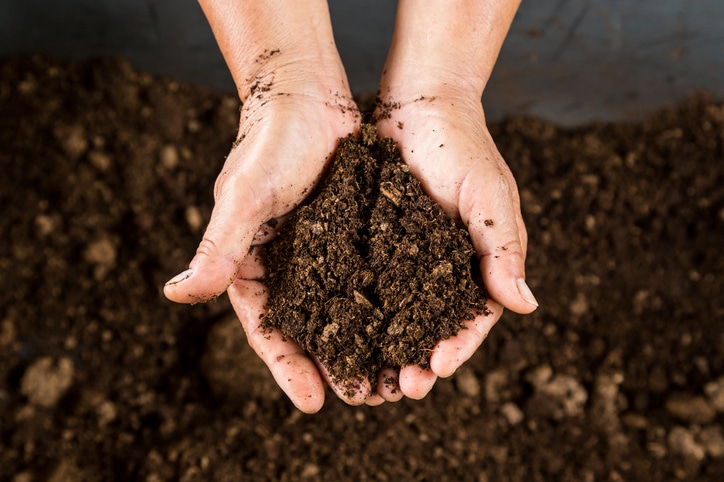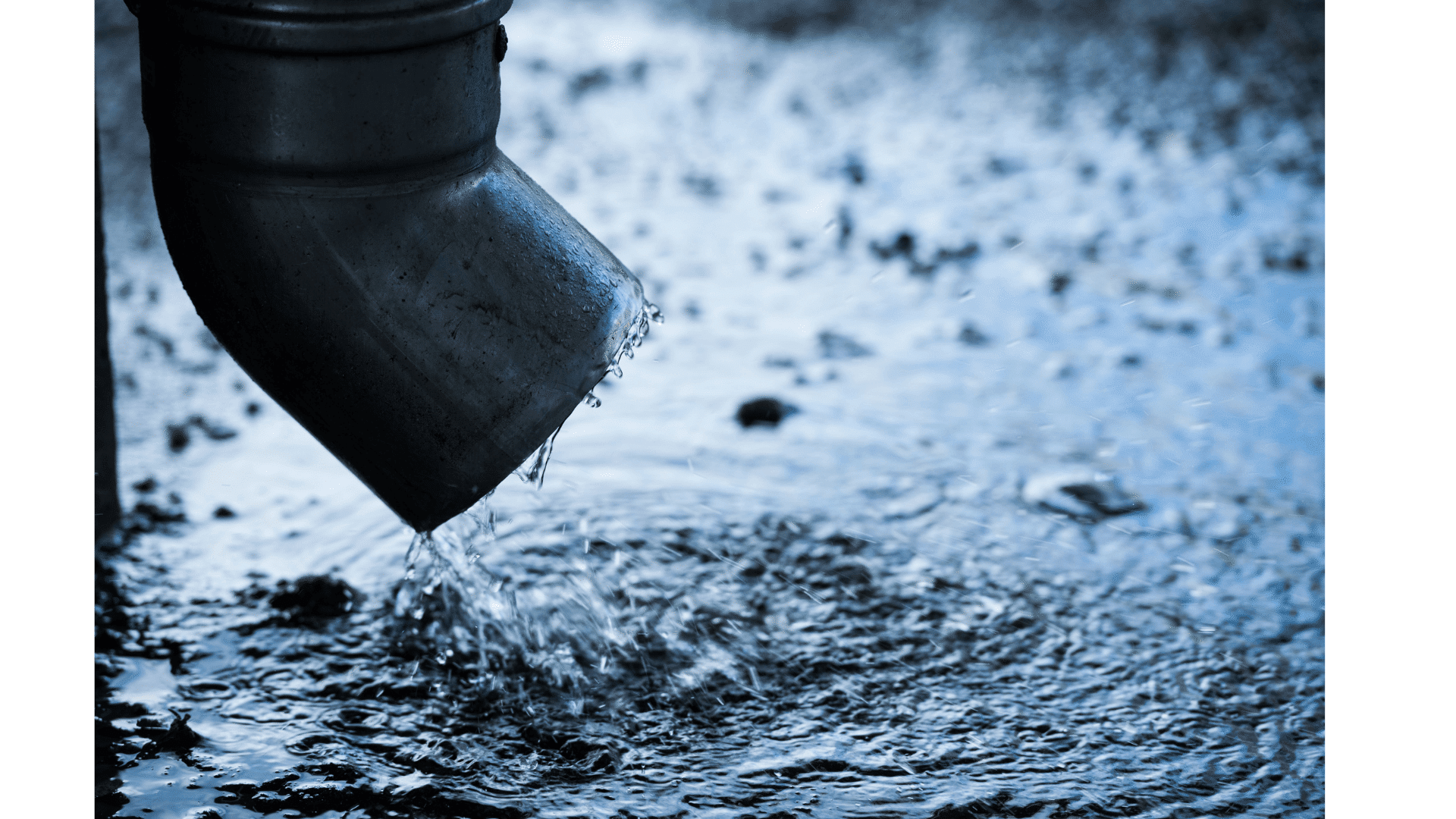It may not be the first thing you think about as a homeowner, but understanding the type of soil your home is built on can help you protect it from foundation damage. If your house is built on soil notorious for causing foundation issues, such as expansive clay soil, you can be proactive in addressing potential issues before they cause additional, costlier problems.
What is expansive soil?
Expansive clay soil contains high contents of absorbent clay, meaning it swells when wet. This swelling results in pressure that can be enough to crack your foundation walls and floor slabs, resulting in foundation movement that can cause damage to the stability of your home.
Clay soil can expand up to 10 percent in size if it experiences prolonged exposure to moisture.
In addition to the swelling, expansive soil can also shrink when it dries out. This constant change can lead to ongoing issues for your home, putting additional stress on your concrete foundation.
What to look out for with soil expansion and shrinkage
The most common signs that can indicate expansive clay soil is causing issues with your property include:
- Signs of cracking in your concrete foundation
- Doors or windows that are sticking
- Cracking in your plaster wall
- Cracks affecting your driveway or garage
- Cracking or separating on brick veneer surfaces of your home
How can you help to reduce the damage to your home?
Expansive soils cause the greatest damage when significant or repeated moisture content changes occur. Therefore, maintaining a constant moisture level can be one of the best ways to help reduce damage to your foundation. You can do this by watering the soil regularly. Keeping the moisture levels consistent helps ensure the ground doesn’t become extremely wet or extremely dry, helping to reduce any impact it has on the foundation.
It’s also a good idea to seek advice from foundation repair experts who can advise whether there are other strategies to consider for your home, such as a new water drainage system. If you already have a drainage system, it can be worth checking to make sure it’s working properly, as well as contacting Align Foundation Repair about installing a new drainage system if you’re experiencing issues. If you’re building a new property, it can be worth investigating the options for creating a sloping site to help with water runoff if you experience a lot of rain where you live.
At Align Foundation Repair, we offer a free inspection to understand your property and make the best recommendations for your home’s foundation.
Want to find out more?
Depending on the weather in your area, you may experience minimal problems with expansive clay, or it could end up causing you a lot of headaches. Taking good care of your home’s structure by watching for signs of foundation issues and seeking advice from professionals at Align Foundation Repair can help you catch and repair problems early on.
Our expert team can spot foundation problems and recommend the right solutions for your home. Get in touch with us today to schedule your free estimate.






